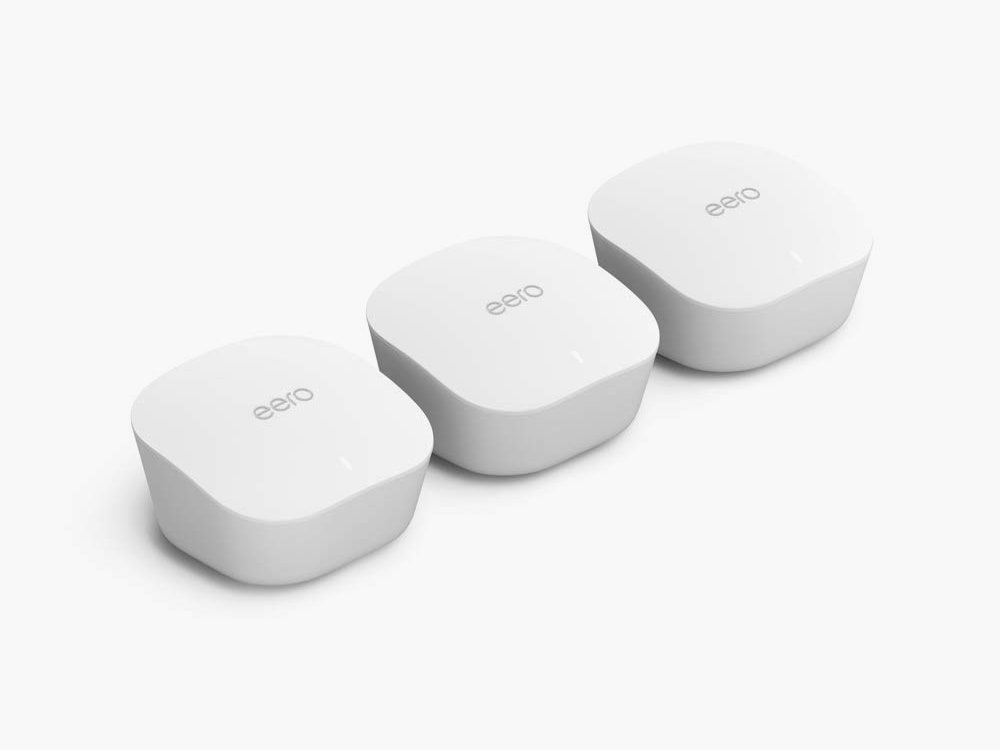How to Set Up Smart Home Devices With 2.4-GHz Wi-Fi (2022)
If you have a mesh router, setting up internet-connected switches, bulbs, and home devices can be a pain. We have tips…

Whether you are welcoming a new robot vacuum into your home, setting up smart lighting, or adding one of the latest smart speakers, there’s a chance you may run into trouble getting your smart home devices connected to your Wi-Fi network. There are a few possible reasons, but the most common is that many smart home devices can only connect to the 2.4-GHz Wi-Fi band.
Simply put, most routers have a single network name or SSID (Service Set Identifier), which is what your devices connect to. The router decides on the frequency band—choosing between 2.4 GHz or 5 GHz—based on the device and signal strength, which is called band steering. The 2.4-GHz band has better range and penetration through obstacles like walls, but the 5-GHz band is faster.
The problem? If you use your phone to set up the smart home device via its respective app, you might find that the device wants to join the 2.4-GHz Wi-Fi band, but your phone is on the 5-GHz band. This disconnect can lead to a frustrating loop where your new device hangs on the connecting step before eventually reporting that it cannot join your network. Thankfully, there are three main ways to solve this issue.
Special offer for Gear readers: Get a 1-Year Subscription to WIRED for $5 ($25 off). This includes unlimited access to WIRED.com and our print magazine (if you’d like). Subscriptions help fund the work we do every day.
Split the Bands
Many routers and mesh systems allow you to set up separate SSIDs for 2.4-GHz and 5-GHz networks via an app or web interface—you’ll need to consult the settings menu to figure out how.
By splitting the bands, your 2.4-GHz network and your 5-GHz network can have distinct names and passwords. This makes your home network slightly more complex, but it does allow you to decide which band to join. For devices that operate on 2.4-GHz and 5-GHz, like your phone and laptop, you’ll want to join both and let your device choose (it should default to the fastest available strong signal). It’s a good idea to append the name of the 5-GHz band, so you know which is which. (For example, name them “mynetwork” and “mynetwork_5GHz.”)
Smart home devices that have this connectivity problem during setup can connect just fine after you complete the split, so you can switch back to a single SSID after your new device is successfully connected (just make sure the 2.4-GHz band network has the name and password you intend to use as your main network).
Go the Distance
A simpler method is to move far enough away from your router (make sure to unplug the nearest mesh node); this might force your phone to connect to the 2.4-GHz band. Since this band has a better range, your smartphone will eventually switch from 5 GHz with enough distance. This might mean carrying your robot vacuum out into the backyard, which isn’t ideal.
Create a Guest Network
You may prefer not to have two separate networks or find that your mesh router doesn’t support band splitting. For example, Google’s Nest WiFi does not allow you to split bands. You can often get around this issue by creating a guest network, which only operates on the 2.4-GHz band. (By default, most guest networks run on this band.)
Guest networks are designed to enable visitors to your home to connect to your Wi-Fi network without giving them access to the same network as all your devices. Both networks have access to the internet, but only devices on the same network can talk directly to each other, which can be handy for sharing files or printing. Visitors on guest networks can’t infect any of your devices with malware (not that they would do this deliberately, but they may be unwittingly infected).





